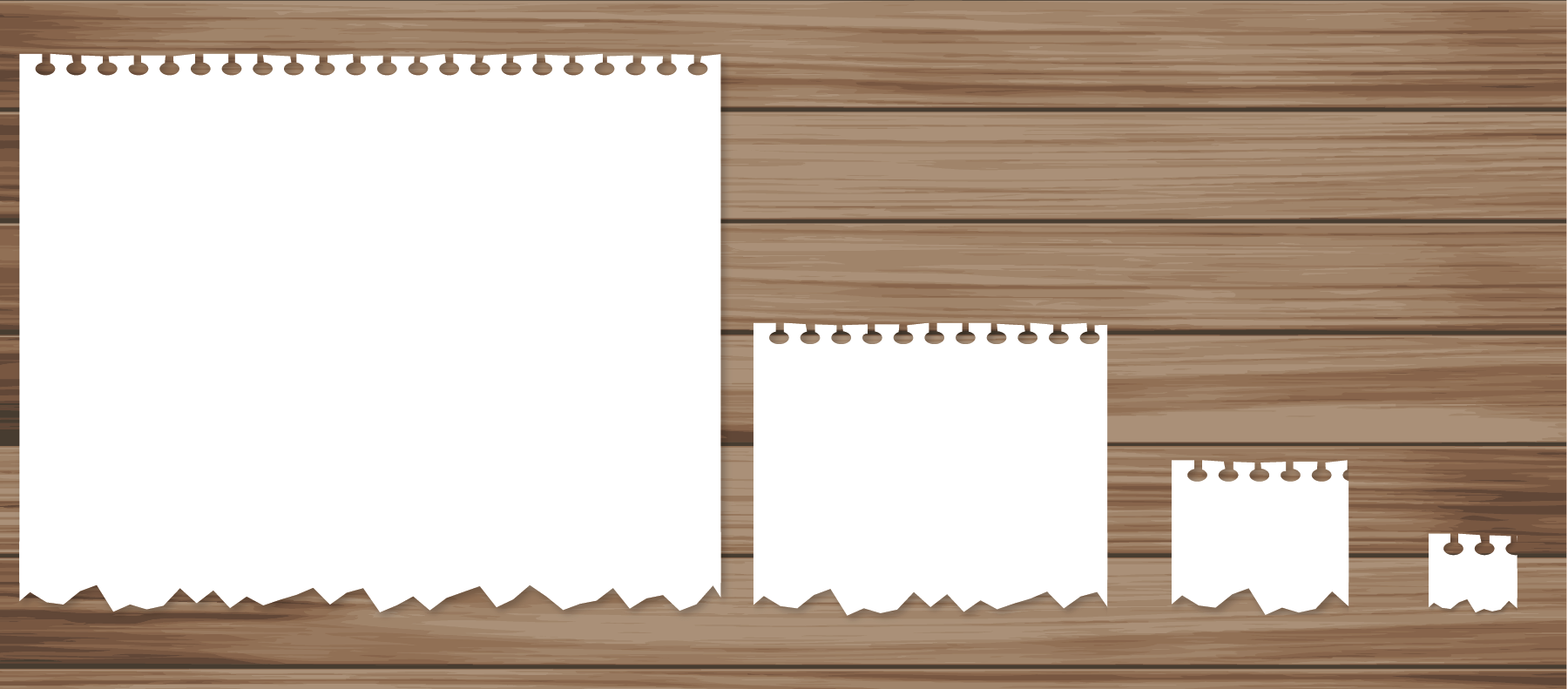Lesson 9
What’s the Equation?
- Let’s define sequences.
9.1: Math Talk: Multiplying Fractions
For the function \(f(x)=32\boldcdot\left(\frac34\right)^x\), evaluate mentally:
\(f(0)\)
\(f(1)\)
\(f(2)\)
\(f(3)\)
9.2: Take the Cake!
A large cake is in a room. The first person who comes in takes \(\frac13\) of the cake. Then a second person takes \(\frac13\) of what is left. Then a third person takes \(\frac13\) of what is left. And so on.
- Complete the table for \(C(n)\), the fraction of the original cake left after \(n\) people take some.
- Write two definitions for \(C\): one recursive and one non-recursive.
- What is a reasonable domain for this function? Be prepared to explain your reasoning.
| \(n\) | \(C(n)\) |
|---|---|
| 0 | |
| 1 | \(\tfrac23\) |
| 2 | |
| 3 | |
| 4 |
9.3: Fibonacci Squares
- On graph paper, draw a square of side length 1. Draw another square of side length 1 that shares a side with the first square. Next, add a 2-by-2 square, with one side along the sides of both of the first two squares. Next, add a square with one side that goes along the sides of the previous two squares you created. Next, do it again.
Pause here for your teacher to check your work. - Write a sequence that lists the side lengths of the squares you drew.
- Predict the next two terms in the sequence and draw the corresponding squares to check your predictions.
- Describe how each square’s side length depends on previous side lengths.
- Let \(F(n)\) be the side length of the \(n\)th square. So \(F(1)=1\) and \(F(2)=1\). Write a recursive definition for \(F\).
-
Is the Fibonacci sequence arithmetic, geometric, or neither? Explain how you know.
-
Look at quotients \(\frac{F(1)}{F(0)}, \frac{F(2)}{F(1)}, \frac{F(3)}{F(2)}, \frac{F(4)}{F(3)}, \frac{F(5)}{F(4)}\). What do you notice about this sequence of numbers?
-
The 15th through 19th Fibonacci numbers are 610, 987, 1597, 2584, 4181. What do you notice about the quotients \(\frac{F(16)}{F(15)}, \frac{F(17)}{F(16)}, \frac{F(18)}{F(17)}, \frac{F(19)}{F(18)}\)?
Summary
The model we use for a function can depend on what we want to do.
For example, an 8-by-10 piece of paper has area 80 square inches. Picture a set of pieces of paper, each half the length and half the width of the previous piece.

Define the sequence \(A\) so that \(A(n)\) is the area, in square inches, of the \(n^{\text{th}}\) piece. Each new area is \(\frac 1 4\) the previous area, so we can define \(A\) recursively as
\( A(1) = 80, A(n) = \frac 1 4 \boldcdot A(n-1) \text{ for } n \ge2\)
But for \(n\)-values larger than 5 or 6, the model isn't realistic since cutting a sheet of paper accurately when it is less than \(\frac{1}{50}\) of a square inch isn't something we can do well with a pair of scissors. We can see this by looking at the graph of \(y=A(n)\) shown here.
If we wanted to define the \(n^{\text{th}}\) term of \(A\), it's helpful to first notice that the area of the \(n^{\text{th}}\) piece is given by \(80 \boldcdot \frac 1 4 \boldcdot \frac 1 4 \boldcdot \cdots \boldcdot \frac 1 4\), where there are \(n-1\) factors of \(\frac14\). Then we can write
\( A(n) = 80 \boldcdot \left(\frac 1 4\right)^{n -1}, n\ge1\)

We can use this definition to calculate a value of \(A\) without having to calculate all the ones that came before it. But since there are fewer than 10 values that make sense for \(A,\) since we can’t cut very tiny pieces using scissors, in this situation we could just use the first definition we found to calculate different values of \(A\).